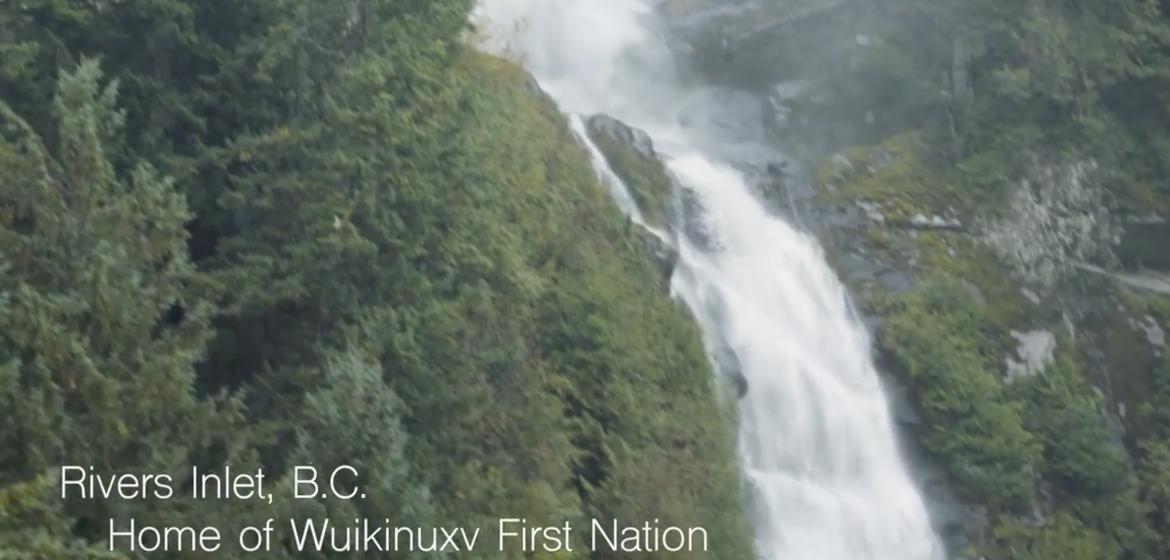This story relates to SDG 7 Affordable and Clean Energy.
“The rain comes down in a dense mist as John Ebell shows off the construction site of the Nicknaqueet River Hydro project, high on a hillside above the Wannock River in Rivers Inlet, a fjord on the central coast of B.C.
It’s the perfect weather, he says, to illustrate why a small-scale hydroelectric project is so perfect for the area.
“There’s a lot of rainfall here, and there’s a lot of mountains,” Ebell, project manager with the Barkley Project Group, told DeSmog Canada. “So we have drop, and we have rainfall. That’s a perfect combination for hydropower.”
The river below is home to all five Pacific species of salmon, including some of the biggest chinook* in the world. So traditional hydropower — with a dam, a reservoir and inherent risks to spawning grounds — was not acceptable to the community.
They decided on run-of-river, a less intrusive method that involves diverting some of the river’s flow to power a turbine, then returning it to the source.
“This project will displace 97 per cent of the community’s energy needs on an annual basis,” Ebell said.
“The Wuikinuxv Nation is setting a great example demonstrating renewable energy. They're showing that it's clean and it's feasible and it's possible to displace diesel with renewable energy.””
Please continue reading at article source.
Article Source:



